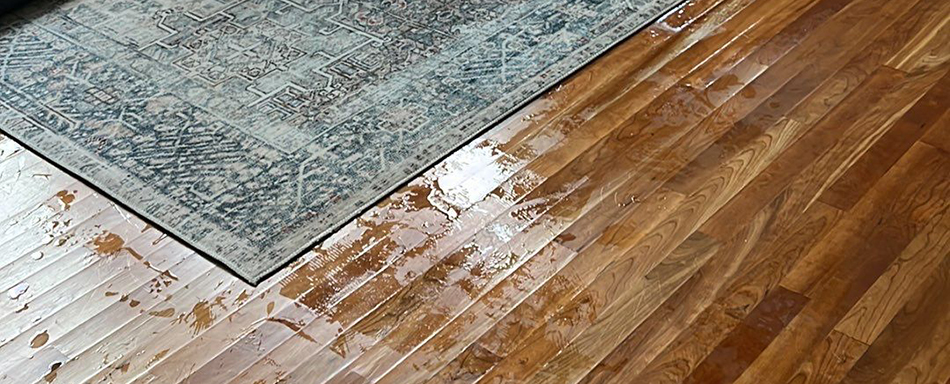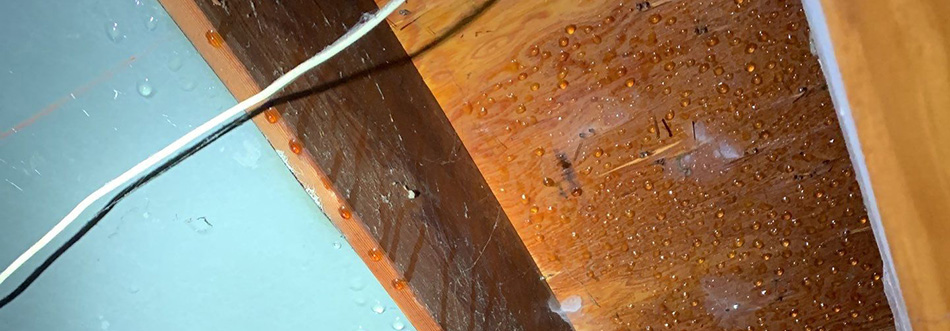Lindstrom Restoration is here to provide prompt and efficient water restoration services, ensuring that your property receives the care it needs after any water-related disaster. Whether it’s a burst pipe, flooding, or any other emergency, our team of certified professionals is ready to respond swiftly. We have compiled some steps to take with water damage that can help you in an emergency.
We understand the urgency in these situations, so we act quickly to minimize damage and begin the restoration process immediately. From initial water extraction to drying, dehumidification, and mold prevention, we follow a comprehensive approach to return your property to its pre-damaged condition.
If you’re facing water damage, understanding the steps to take with water damage can make all the difference in preventing further issues. Lindstrom Restoration is here to guide you through every stage of the process, ensuring a smooth and effective recovery.
What should you do if you experience a water loss?
- Safety First: Ensure your safety and that of your family members. If the water damage is extensive, consider evacuating until professionals arrive.
- Identify the Source: If possible, locate and stop the source of the water leak. This could be a burst pipe, leaking roof, or appliance malfunction.
- Turn Off Electricity: If water has reached electrical outlets or appliances, switch off the electricity to avoid electrical hazards.
- Document the Damage: Take photos and videos of the affected areas for insurance claims and future reference.
- Call Professionals: Reach out to a reputable water damage restoration company like Lindstrom Restoration immediately. They can assess the situation and provide guidance.
- Remove Valuables: Safely remove important belongings from affected areas to prevent further damage.
- Begin Extraction: If it’s safe to do so, you can start removing standing water using buckets, mops, or a wet/dry vacuum.
- Open Windows and Ventilate: Promote air circulation to help with drying, but avoid doing this if humidity is high outside.
- Use Dehumidifiers: If available, use dehumidifiers to remove excess moisture from the air and surfaces.
- Separate Wet Items: If you have wet items like furniture cushions or rugs, separate and elevate them to allow air to circulate.
- Remove Wet Carpets: If carpets are soaked, consider removing them to prevent microbial growth.
- Towel Dry Wood Furniture: Gently dry wood furniture using soft towels to prevent warping.
- Remove Baseboards and Drywall: If water has seeped into walls, removing baseboards and sections of drywall can aid drying.
- Monitor Temperature: Keep a consistent temperature in your home, as warmth promotes drying. However, don’t make it too hot; it can encourage microbial growth.
- Avoid DIY Microbial Growth Removal: If microbial growth has already begun, avoid disturbing it. Microbial spores can spread easily, and professional removal is recommended.
- Contact Your Insurance: Inform your insurance company about the water damage and follow their guidelines for filing a claim.

Remember, the most critical step is contacting professionals like Lindstrom Restoration. If not properly addressed, water damage can lead to serious issues like microbial growth, structural damage, and long-term deterioration. Knowing the steps to take with water damage can make all the difference in minimizing damage and ensuring a successful restoration.
Don’t let water damage disrupt your life. Lindstrom Restoration is your trusted partner in restoring both your property and peace of mind. Our prompt response, proven restoration techniques, and unwavering commitment to customer satisfaction set us apart as the leading choice for water restoration in the Twin Cities.
If you’re facing water damage, take action now. Contact us today at 763-544-8761 for immediate assistance and expert water restoration services.


Leave a Reply